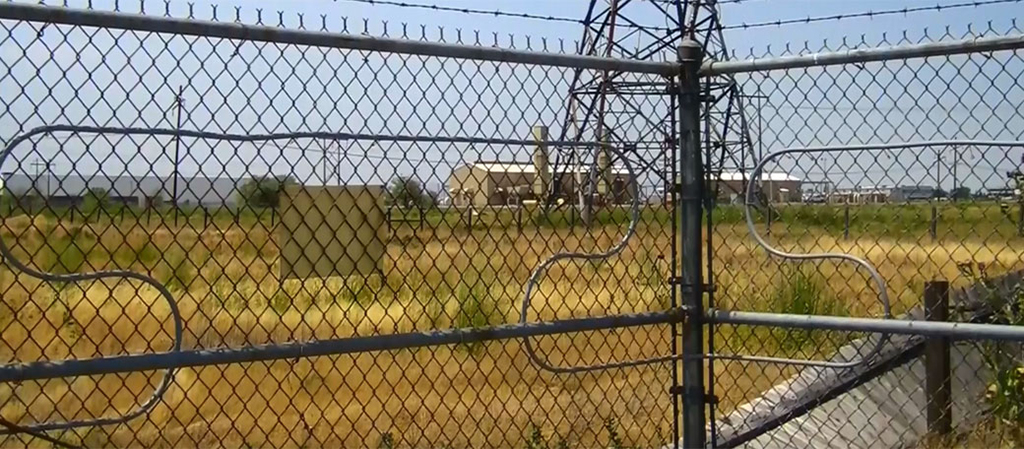The Ultimate Guide to Fiber Optic Safety And Security Systems for Your Company
In an age where safety problems are vital for businesses, comprehending the details of fiber optic technology can be transformative. This overview outlines how incorporating fiber optic safety systems not only boosts data defense however additionally uses advantages like resistance to interference and real-time monitoring abilities.
Recognizing Fiber Optic Modern Technology

The core of a fiber optic cable television is composed of a thin glass or plastic center, bordered by a cladding layer that mirrors light back into the core. Single-mode fibers are created for long-distance transmission, while multi-mode fibers are ideal for much shorter ranges, typically made use of within structures.
Fiber optics are not only quicker yet also much more safe than standard wiring. Their inherent resistance to electro-magnetic disturbance and the problem of taking advantage of the signal without discovery make them a preferred selection for organizations prioritizing data stability and security. As organizations progressively rely upon safe and reliable interaction systems, recognizing fiber optic modern technology becomes important for notified decision-making.
Secret Benefits of Fiber Optic Safety And Security
When thinking about safety alternatives for a service, the advantages of fiber optic systems are particularly compelling. Fiber optic modern technology offers phenomenal data transmission speeds and bandwidth capability, making it optimal for taking care of high-resolution video clip feeds from monitoring cameras. This capability makes certain that protection workers obtain real-time information, boosting general reaction times to potential protection dangers.
Furthermore, fiber optic cables are naturally resistant to electromagnetic interference, which can compromise the honesty of conventional copper-based systems. This resistance ensures that the information transferred remains safe and secure and continuous, providing a much more trusted safety infrastructure. In addition, fiber optics are much less vulnerable to physical damages, as they are made from glass rather than steel, decreasing upkeep prices and downtime.
One more significant advantage is the boosted scalability of fiber optic systems. As company needs evolve, fiber networks can be conveniently broadened to accommodate added safety and security tools without significant overhauls to the existing facilities. Ultimately, fiber optic systems provide boosted cybersecurity features, including security capacities that protect delicate information from unauthorized access. Collectively, these advantages make fiber optic protection systems a durable choice for companies looking for to improve their safety and security procedures.
Installment Refine and Factors To Consider
Considering the complexities involved, the installation procedure of fiber optic protection systems calls for careful planning and implementation. The first action entails a detailed website evaluation to determine optimal locations for cabling and equipment. This assessment should consider ecological aspects, existing facilities, and potential vulnerabilities.

Additionally, the installation has to abide with neighborhood building regulations and industry standards. This may include collaborating with numerous stakeholders such as building managers, IT groups, and protection workers to guarantee seamless assimilation with existing systems.
Post-installation, extensive testing is required click to read more to verify system performance and recognize any kind of issues that may emerge. By prioritizing these factors to consider during the setup process, organizations can make certain a robust and effective fiber optic security system that satisfies their particular protection needs.
Most Recent Advancements in Fiber Optic Safety And Security
Current improvements in fiber optic technology have actually significantly boosted the capabilities of protection systems for companies. Among one of the most significant innovations is the combination of fiber optic sensing units that can find vibrations and invasions along the border of a facility. These sensing units provide real-time tracking, making it possible for fast feedback to potential violations.
In addition, the development of dispersed fiber optic picking up technology permits the continual monitoring of big areas with a single fiber cord. This approach not only reduces setup prices but also enhances the integrity of keeping track of systems by getting rid of the demand for multiple, separate sensors.
Moreover, innovations in multiplexing techniques have allowed services to transfer substantial amounts of data over fiber optic networks, enhancing the abilities of video clip Click Here security systems. High-def video clip feeds can currently be sent out over cross countries without loss of top quality, making sure that security personnel have access to clear and actionable information.
Lastly, making use of expert system (AI) combined with fiber optic systems is reinventing danger detection. AI algorithms can evaluate data from fiber optic networks to identify unusual patterns or actions, permitting positive safety and security steps. These developments collectively represent a considerable leap forward in fiber optic security technology.
Picking the Right System for Your Organization
Choosing the proper fiber optic safety and security system for your company is essential for ensuring optimum defense and satisfaction. To make an educated choice, analyze your certain safety and security needs, taking into consideration aspects such as the size of your properties, the nature of your procedures, and potential vulnerabilities.
Begin by assessing the degree of safety needed; as an example, high-risk atmospheres might demand innovative systems with incorporated security and invasion discovery abilities. Next off, think about scalability; as your company expands, your safety system should can expanding to suit increased needs without significant overhauls.
Furthermore, check out the integrity and efficiency of various systems. Search for service providers with well established reputations and client testimonies that testify to their solution top quality. It's additionally suggested to inquire about the technology's compatibility with existing infrastructure, guaranteeing a smooth combination procedure.
Final Thought
In final thought, fiber optic safety systems offer a durable option for improving service safety facilities. The integration of high-speed data transmission, resistance to electromagnetic interference, and progressed content surveillance capacities dramatically boosts general security (fiber optic security system). By comprehending the technology, recognizing its benefits, and considering the installation procedure, companies can make educated decisions. The most recent technologies additionally reinforce the effectiveness of these systems, ensuring that organizations remain secure and versatile in an ever-evolving danger landscape.
 Angus T. Jones Then & Now!
Angus T. Jones Then & Now! Barret Oliver Then & Now!
Barret Oliver Then & Now! Yasmine Bleeth Then & Now!
Yasmine Bleeth Then & Now! Shannon Elizabeth Then & Now!
Shannon Elizabeth Then & Now! Katey Sagal Then & Now!
Katey Sagal Then & Now!